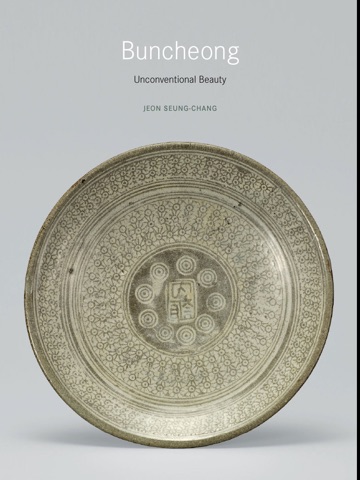
Met Buncheong app for iPhone and iPad
Developer: The Metropolitan Museum of Art
First release : 05 May 2011
App size: 55.15 Mb
Sensuous, whimsical, sophisticated, rustic, and masterful, buncheong ceramics emerged in Korea at the end of the fourteenth century. This breathtakingly diverse expression grew out of inlaid celadon, the celebrated aristocratic stoneware synonymous with the Goryeo period (918–1392). During the nearly two centuries of its production, buncheong would be increasingly taken up by regional potters, who reveled in the newfound freedom to shape and decorate the adaptable stoneware with unprecedented wit, imagination, and insight.
The early Joseon dynasty (1392–1910) was a time of unparalleled creativity and cultural expansiveness. Buncheong came into its own, bringing inventive changes to traditional forms, while its bold new decorative techniques and motifs responded to consumer preferences and facilitated mass production. At the same time, buncheong flaunted its materiality—the tactile, often uneven appearance that set it apart from the more refined ceramics of the court.
In the wake of the Japanese invasions of Korea at the end of the sixteenth century, buncheong, adopted by Japanese tea connoisseurs, would inspire generations of Japanese potters. In the twentieth century, Korean artists rediscovered their heritage, intrigued by the medium’s visibly handmade aesthetic. Twenty-first-century readers will be struck by the familiar yet refreshing quality of many of these vessels, which recall the force of modernist gestural pieces and more recent abstract expressions.
An original and perceptive exploration of a phenomenon unique in the history of art, Korean Buncheong Ceramics presents together for the first time early Joseon buncheong ware, Edo-period Japanese reinterpretations, and modern and contemporary works that revitalize this dynamic tradition.
The volume features more than seventy-five masterworks—some never before published—from Leeum, Samsung Museum of Art, whose collection of buncheong ceramics is arguably unparalleled in its quality and breadth; the Metropolitan Museum; and Japanese collections.



